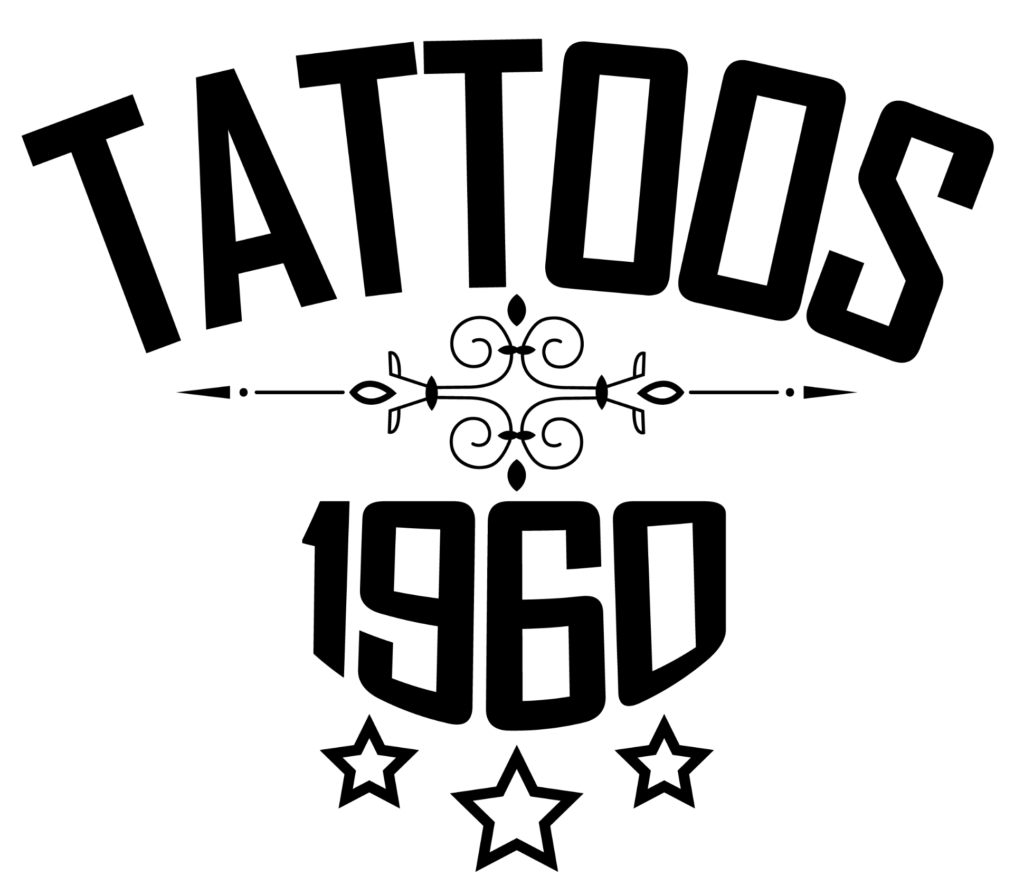How to Think and Plan a Custom Tattoo Design Before Your Next Tattoo?
Getting a custom tattoo is a deeply personal and creative journey. Whether it’s your first tattoo or another addition to your collection, thoughtful planning ensures a meaningful and aesthetically pleasing result. A well-planned tattoo reflects your personality, style, and story, making it a lifelong piece of art. Here’s how you can think and plan a custom tattoo design before heading to the studio.
Understanding Your Tattoo Concept
Before diving into design specifics, take time to understand why you want the tattoo. Ask yourself:
What does the tattoo symbolize for me?
Is it a tribute, a memory, or an artistic statement?
Do I prefer a minimalistic or detailed design?
Once you define your purpose, you can move forward with conceptualization. Use the Tattoo Meaning Finder to explore symbols and meanings for your tattoo.
Researching Tattoo Styles and Artists
Finding the Right Tattoo Style
Each tattoo style has its uniqueness. Some popular styles include:
Traditional – Bold lines and vibrant colors.
Realism – Detailed, lifelike imagery.
Minimalist – Simple, clean designs.
Japanese (Irezumi) – Mythological and nature-inspired themes.
Blackwork and Geometric – Sharp, intricate patterns.
Choosing the Right Tattoo Artist
Selecting an artist who specializes in your preferred style is crucial. Research tattoo portfolios on Instagram and Pinterest to find inspiration. Look for:
Clear, healed tattoo images.
Experience in your chosen style.
Positive reviews and client testimonials.
Importance of a Physical Consultation
A physical visit to the tattoo studio is essential for a successful tattoo experience. It allows you to:
Discuss Your Design in Detail: In-person discussions help clarify your vision and enable the artist to provide valuable suggestions.
Assess the Artist’s Work Environment: Ensuring hygiene, cleanliness, and professionalism is crucial for safety and quality.
Check Stencil Placement and Sizing: The artist can place the stencil on your skin to see how the tattoo will look and make necessary adjustments.
Understand the Pain Level and Healing Process: Your artist can provide personalized advice on pain management and aftercare.
By visiting the studio beforehand, you ensure a smoother and more satisfying tattoo experience.
Deciding on Tattoo Placement
The placement of your tattoo affects visibility, size, and level of pain. Consider:
Visibility: Do you want your tattoo to be easily seen or concealed?
Pain Level: Areas with more bone (ribs, hands, feet) are more painful than fleshy areas (thighs, arms, back).
Size & Shape: Ensure the design fits well with the body’s contours.
Use the Tattoo Price Calculator to estimate the cost based on size and complexity.
Sketching and Finalising the Design
Working with a Tattoo Artist
Collaborating with a professional tattoo artist ensures your vision is brought to life. Provide references and be open to their suggestions. They might adjust the:
Size: For better clarity and longevity.
Details: Simplifying complex designs for better execution.
Placement: Optimizing the tattoo for body flow.
Customizing Your Tattoo Design
Make your tattoo truly unique by incorporating elements that have personal meaning. Consider:
Symbols & Icons: Representing your beliefs or experiences.
Lettering & Fonts: Choosing a script that enhances the aesthetic.
Color vs. Black & Grey: Deciding based on style and skin tone.
Considering Long-Term Aspects
Healing and Maintenance
Every tattoo requires aftercare and maintenance. Keep in mind:
Healing Time: 2-4 weeks for initial healing; full healing takes months.
Touch-ups: Colors may fade over time; periodic touch-ups maintain vibrancy.
Sun Protection: Use sunscreen to prevent fading.
Check out available Tattoo Offers for discounts on touch-ups and new tattoos.
Future Tattoo Additions
If planning multiple tattoos, ensure they complement each other. Think about:
Theme Consistency: Cohesive designs enhance overall aesthetics.
Spacing & Flow: Leaving room for future additions.
Stencil Mock-up
A stencil mock-up is a simple outline transferred onto the skin before tattooing. It helps with placement, proportion, and alignment but lacks shading and detail. This step ensures accuracy and allows for last-minute adjustments.
Digital Photo Mock-up
A digital photo mock-up is a realistic preview of the final tattoo, created using digital tools. It includes shading, depth, and fine details, allowing clients to visualize the final look before committing.
Frequently Asked Questions
How do I know if a tattoo design suits me?
Digital photo mock-ups or stencil mock-ups to visualize the design on your skin.
Can I change my design after consulting the artist?
Yes, but communicate changes early to avoid last-minute alterations.
Should I get a small tattoo first before committing to a large one?
If you’re new to tattoos, starting small helps you understand the process and pain level.
Conclusion
A custom tattoo requires thoughtful planning to ensure it represents your personality and story. Researching styles, choosing the right artist, deciding on placement, and collaborating on the design ensures you get a tattoo that you’ll cherish for a lifetime. Ready to bring your dream tattoo to life? Start planning today!
For those interested in becoming a tattoo artist, check out our Tattoo Training Institute in Pune for professional courses.
